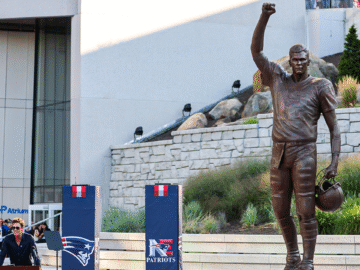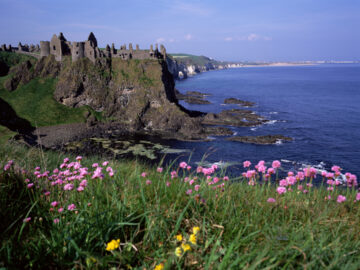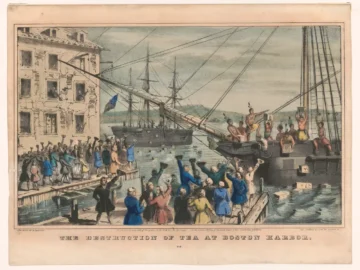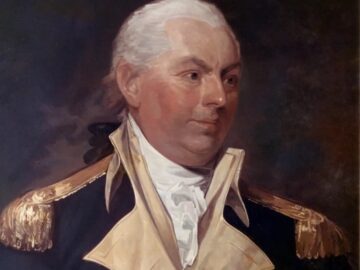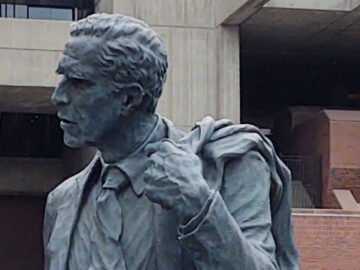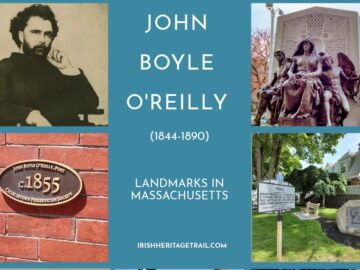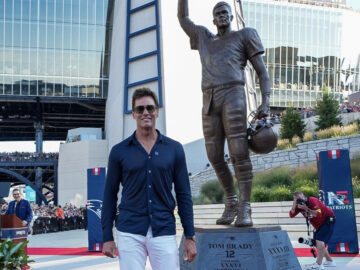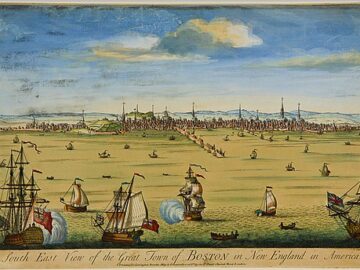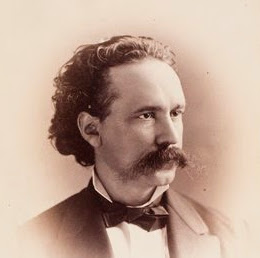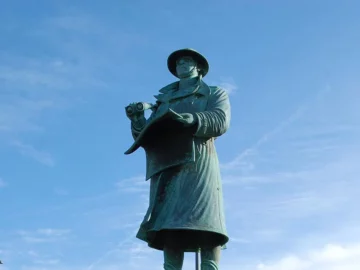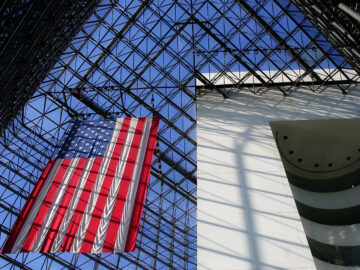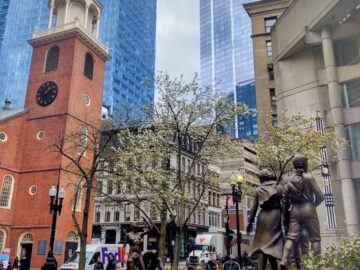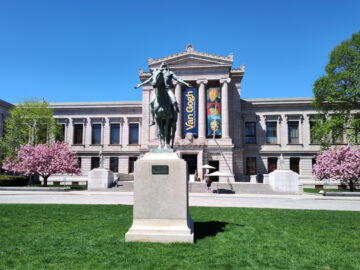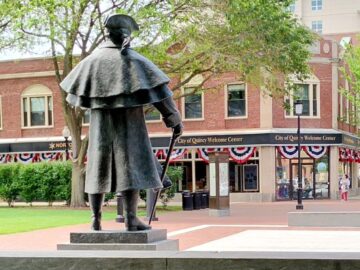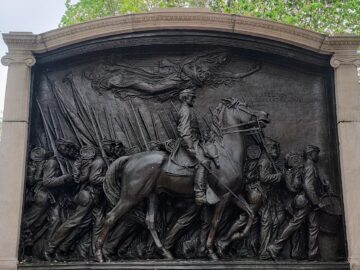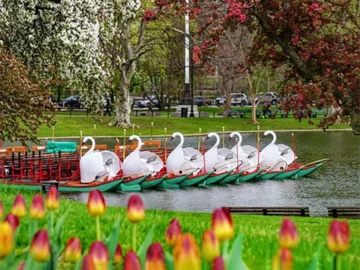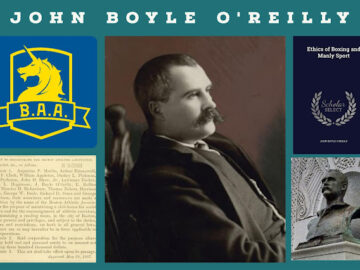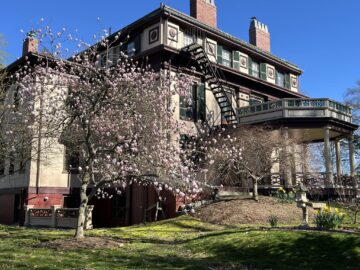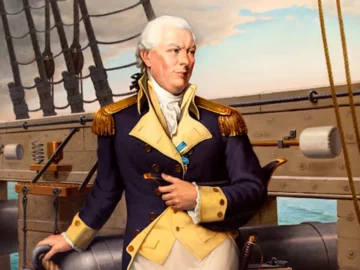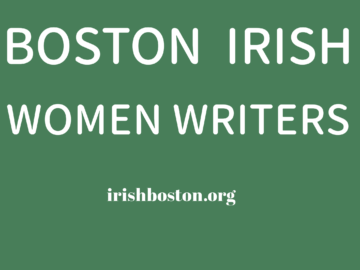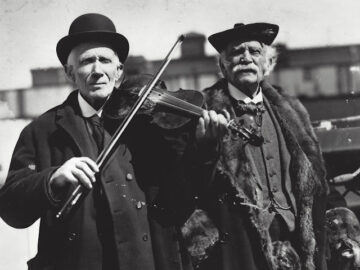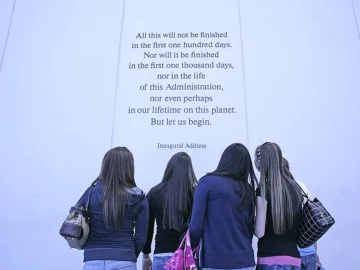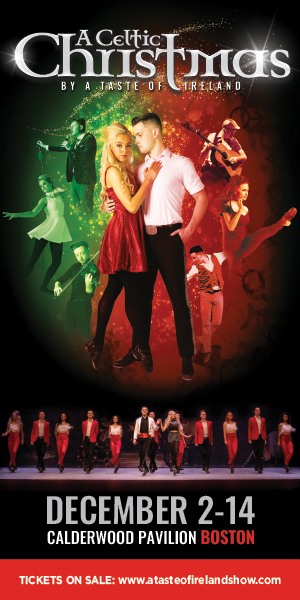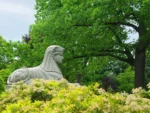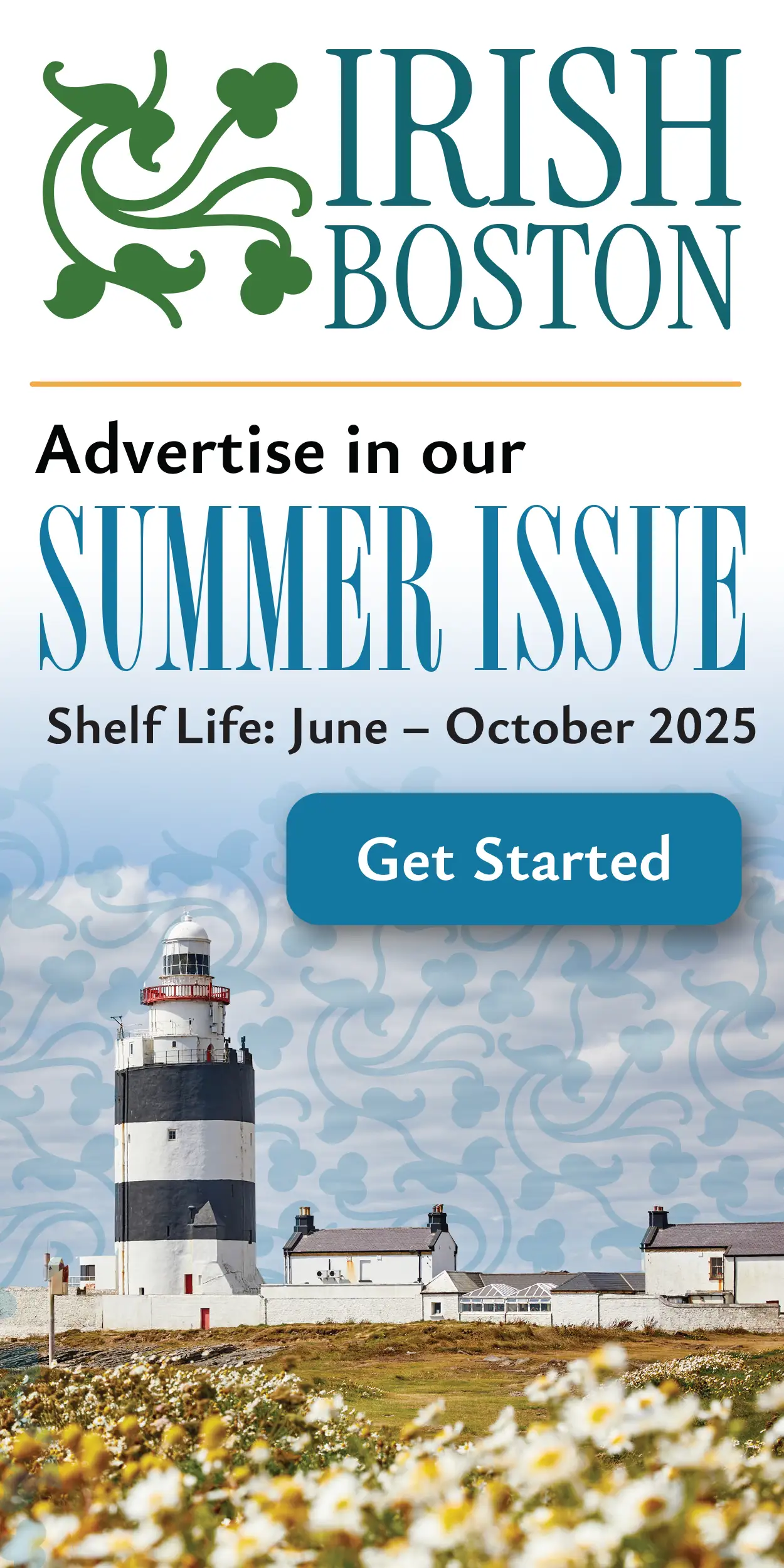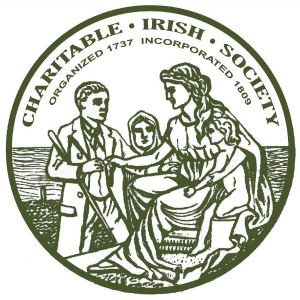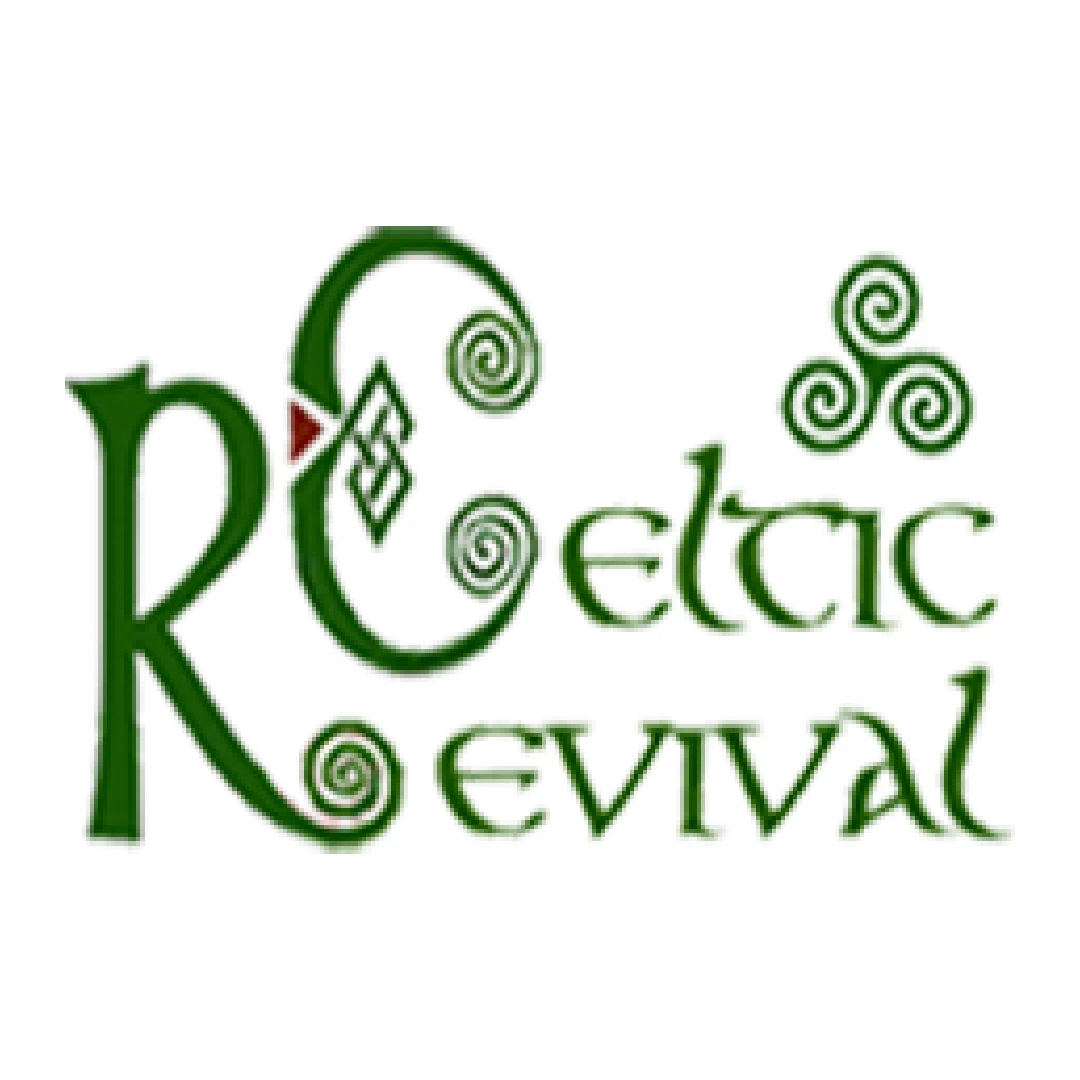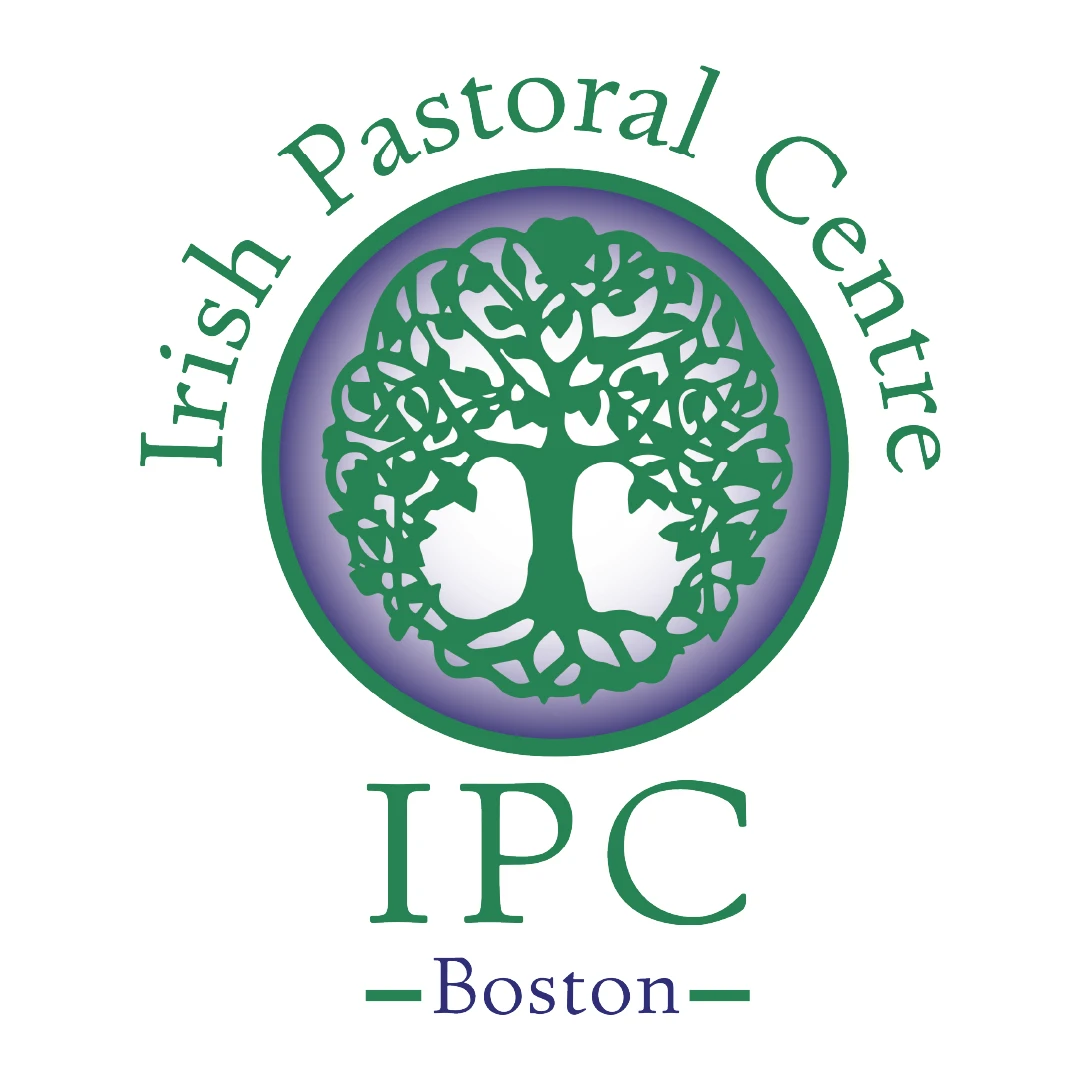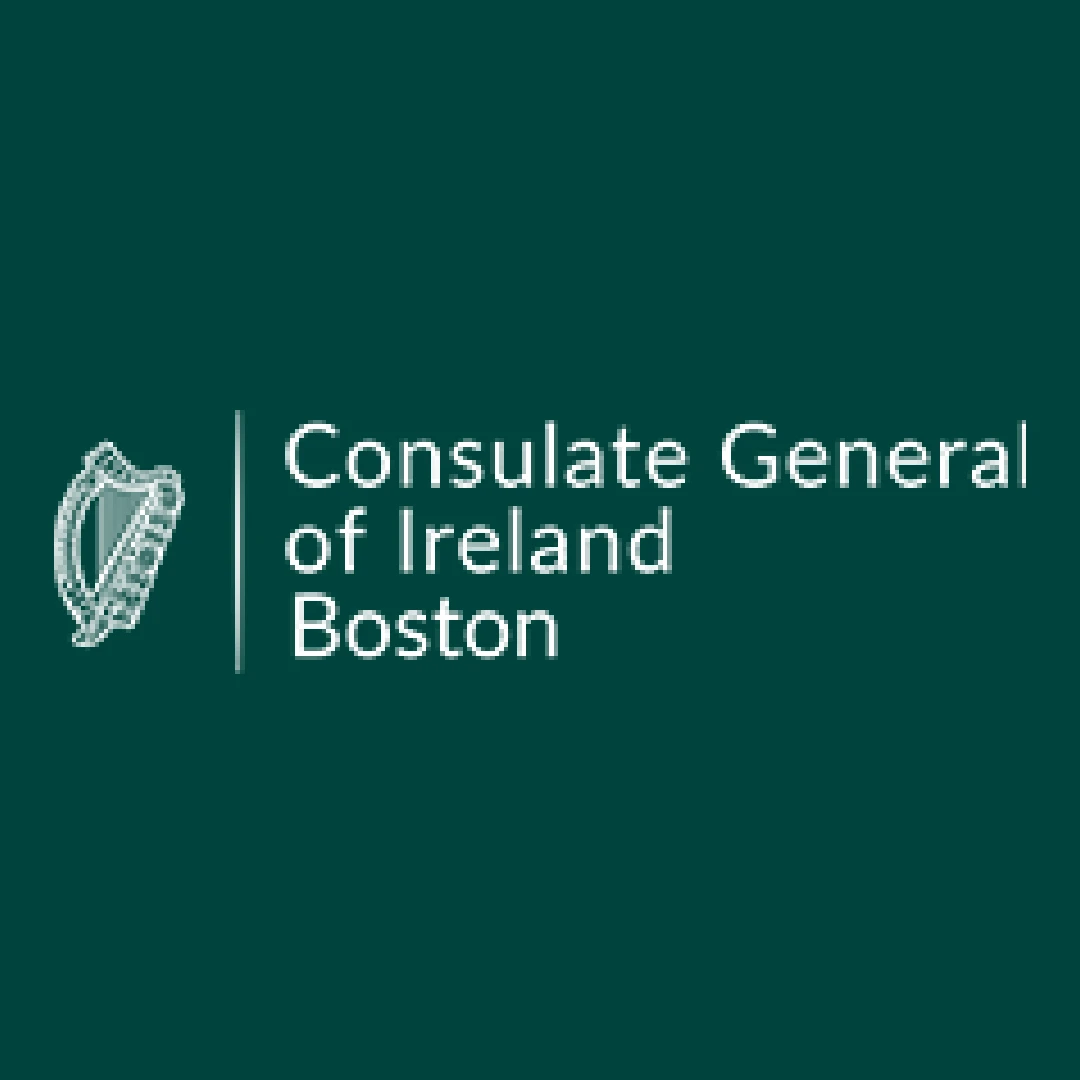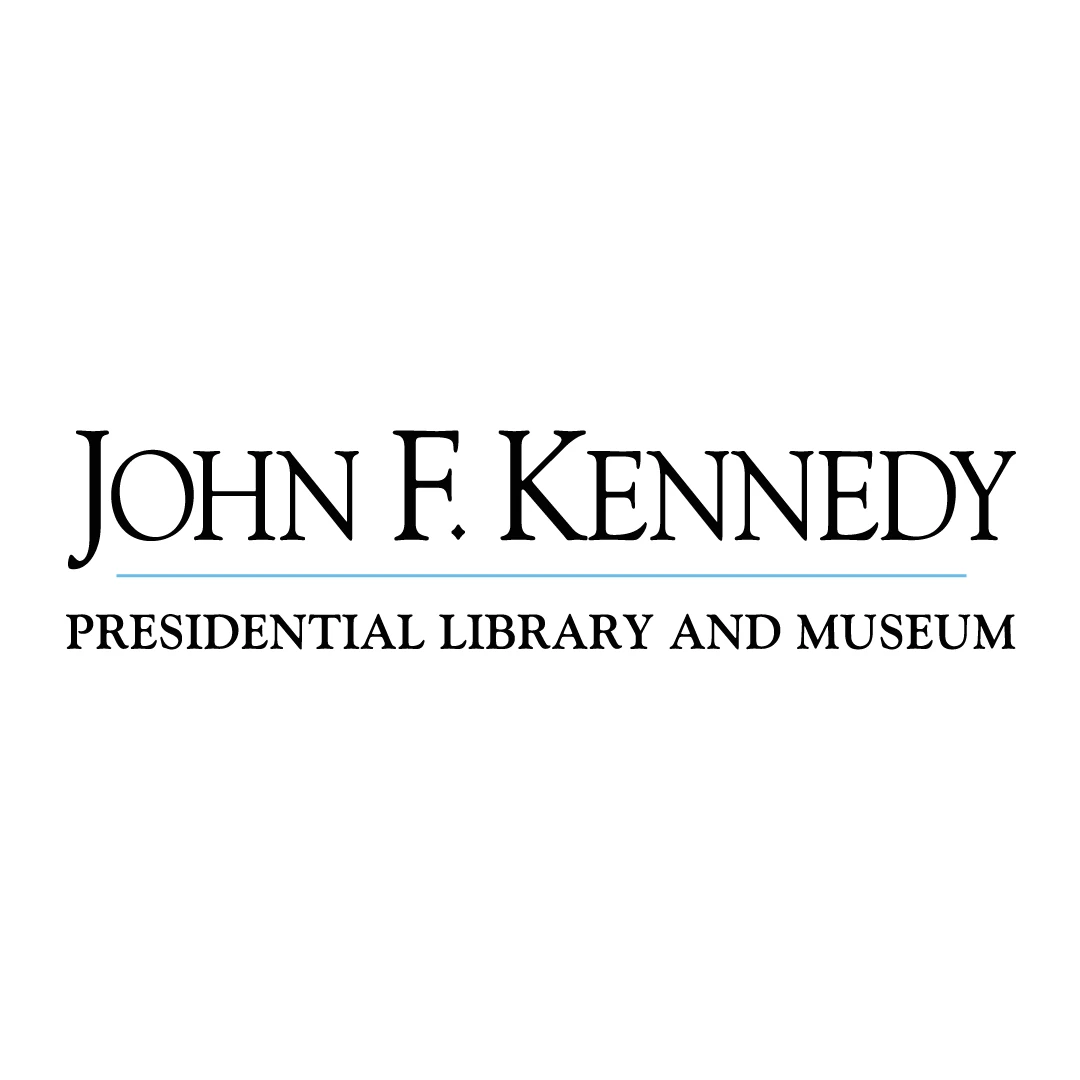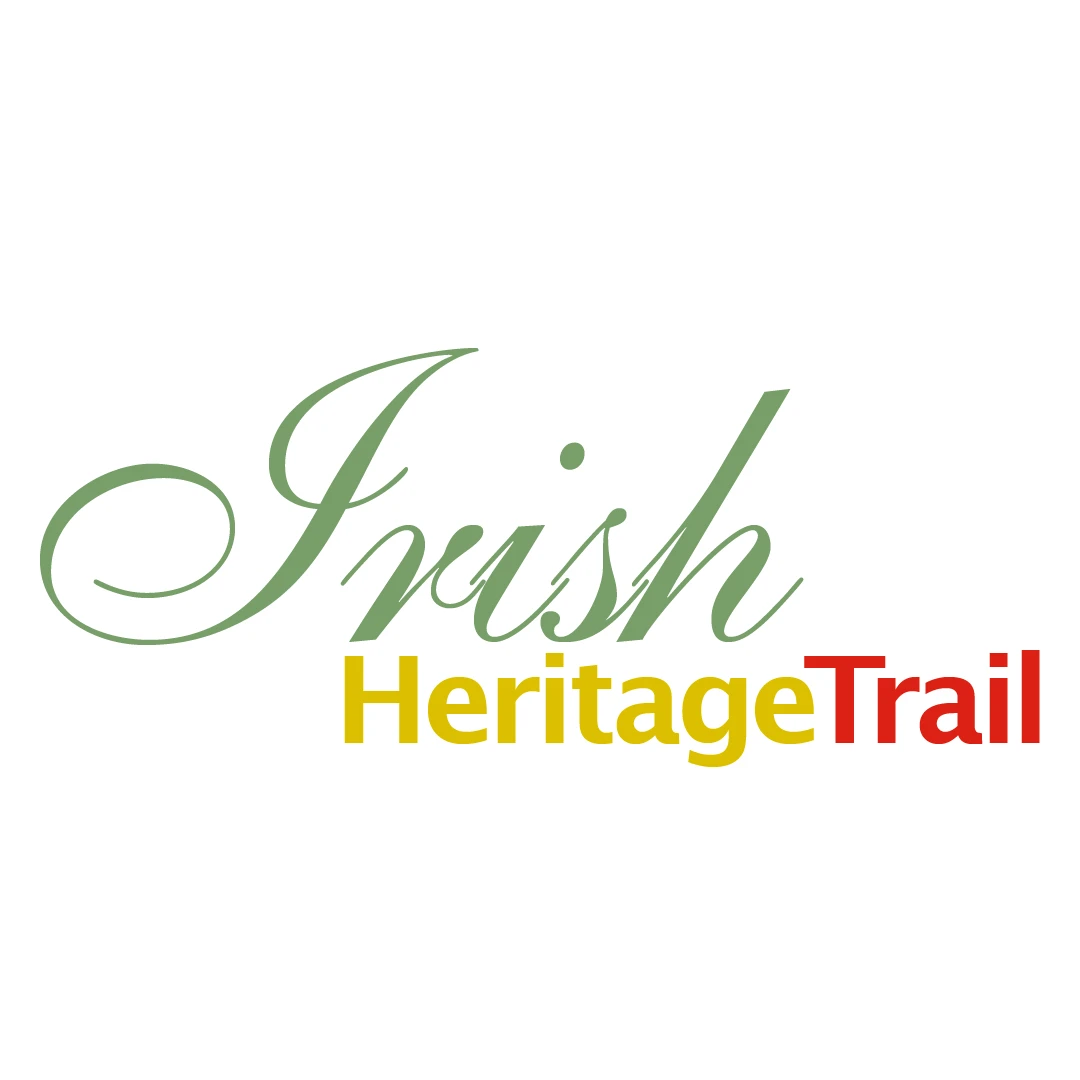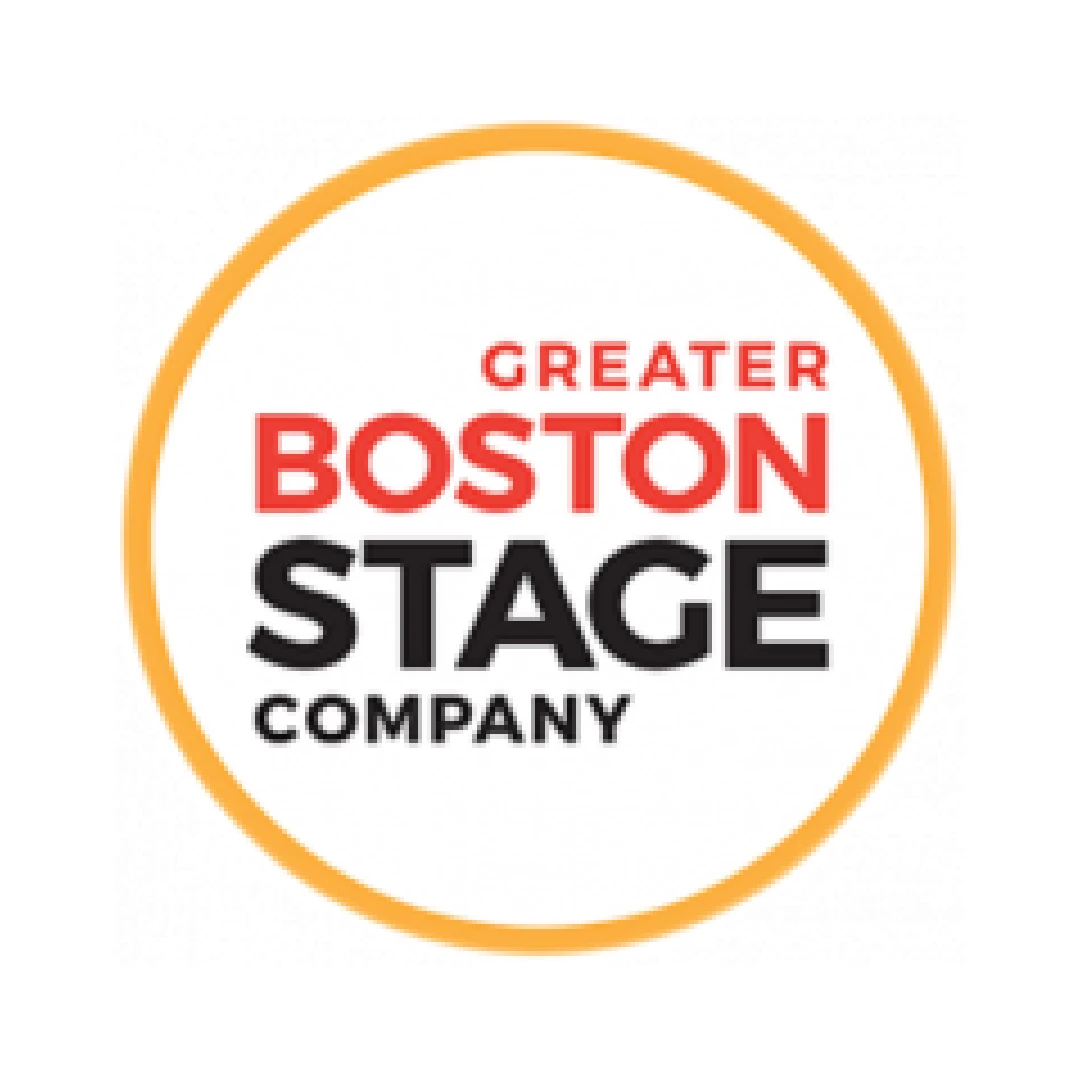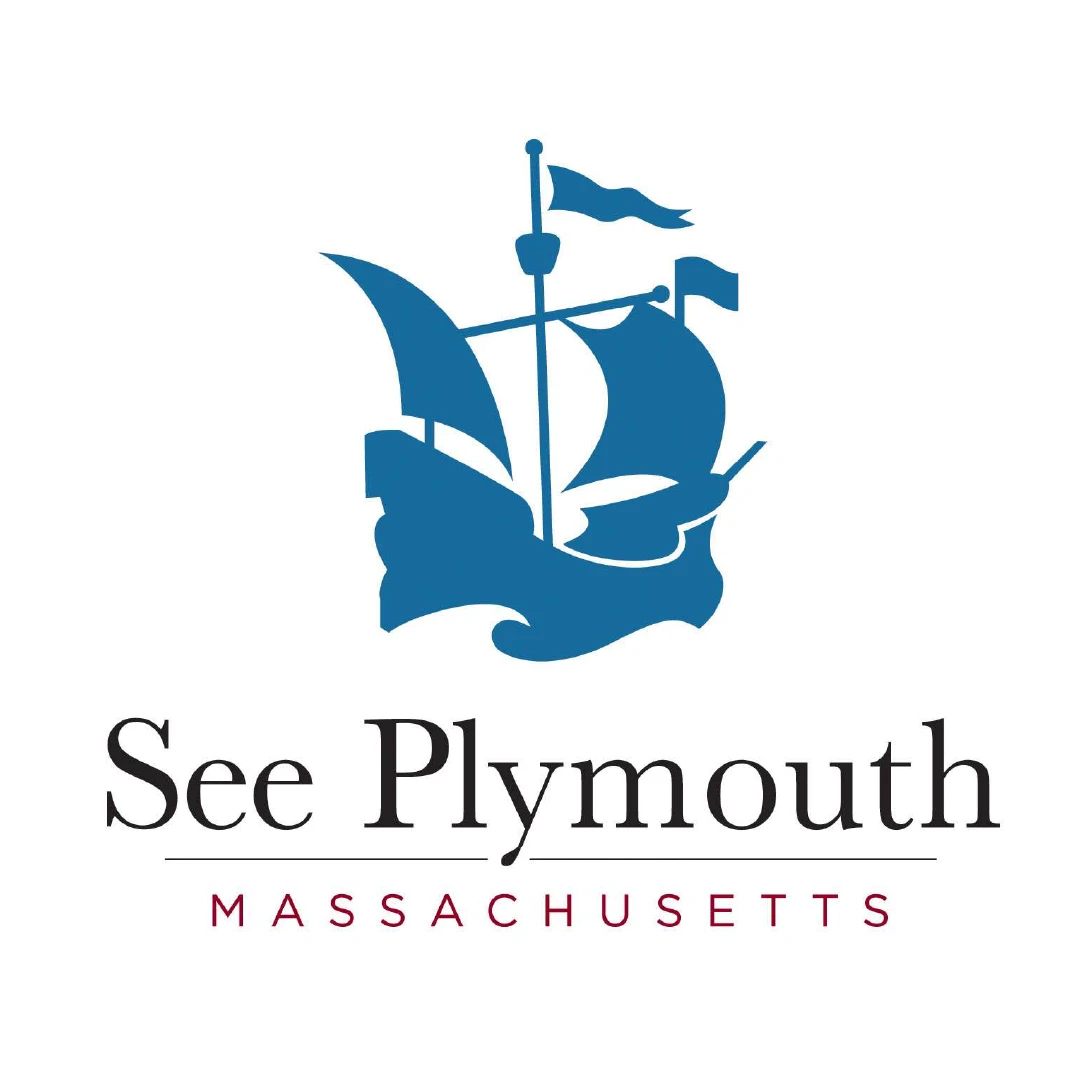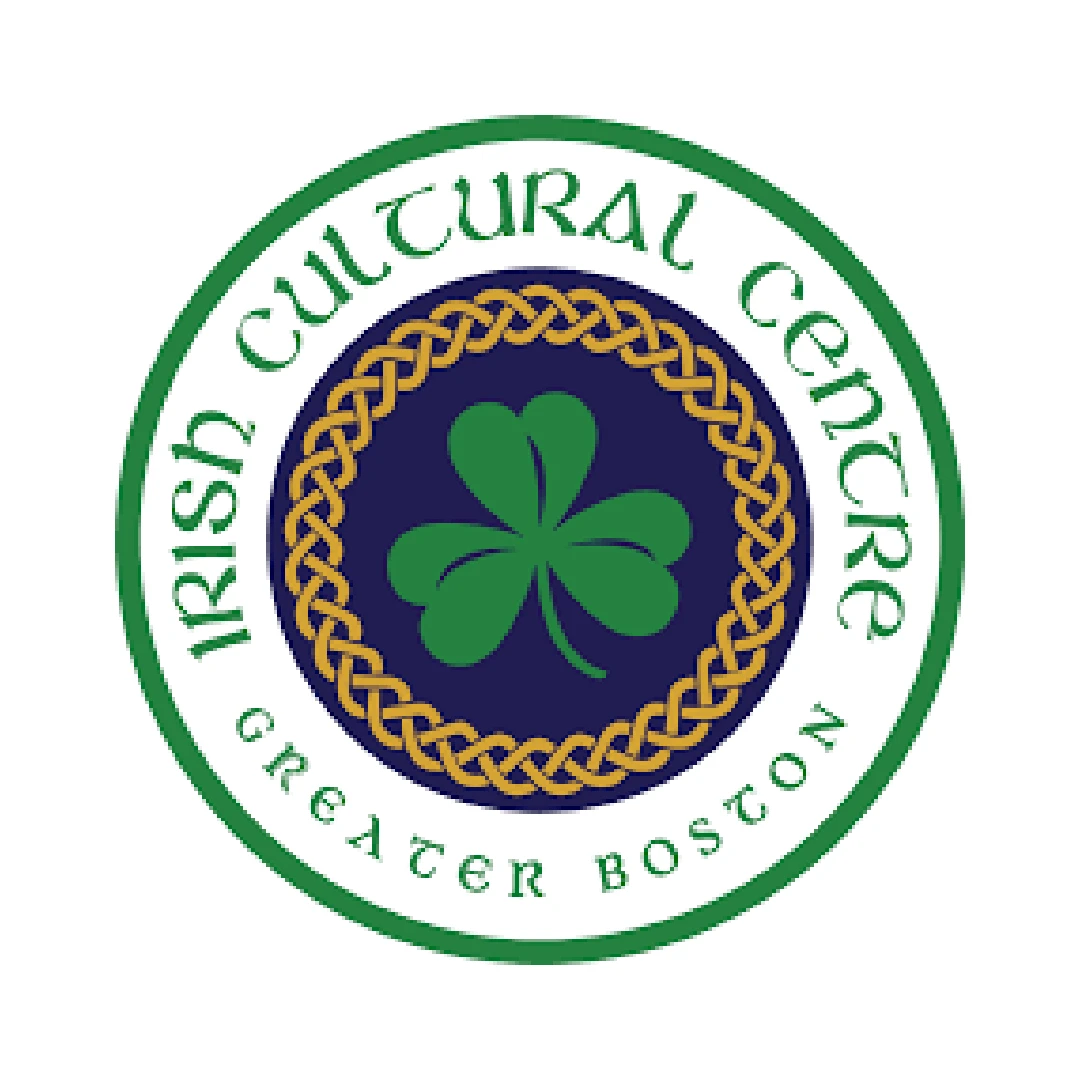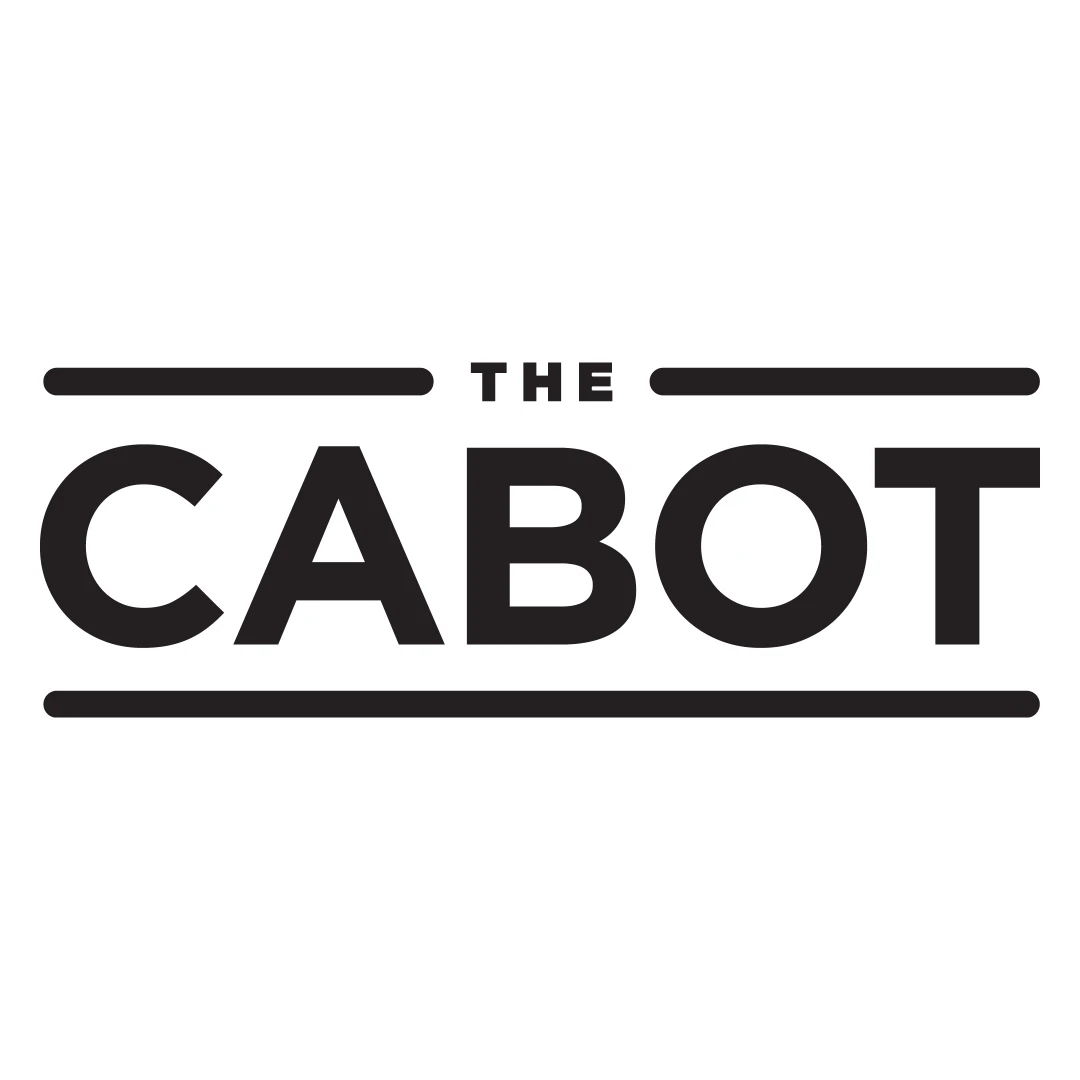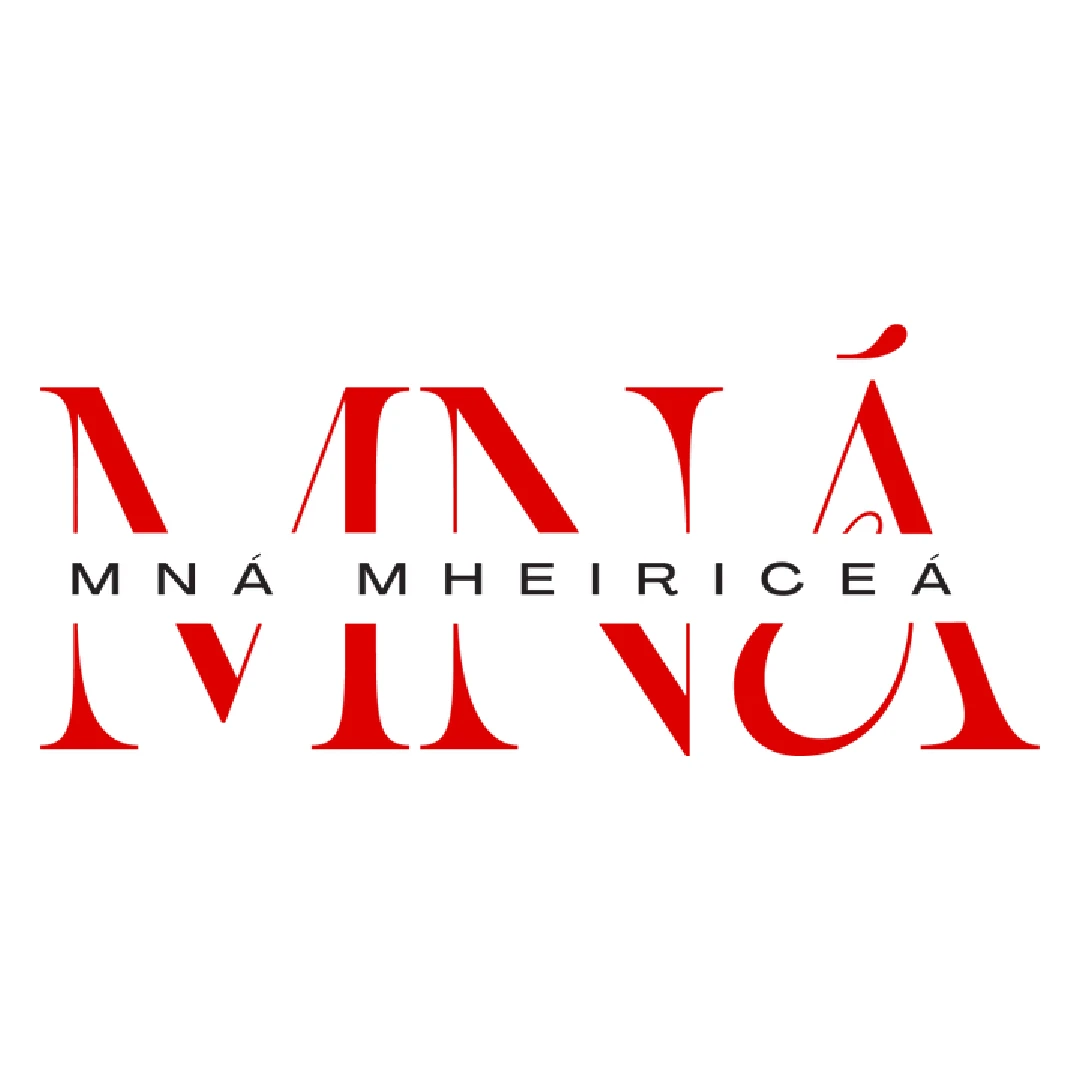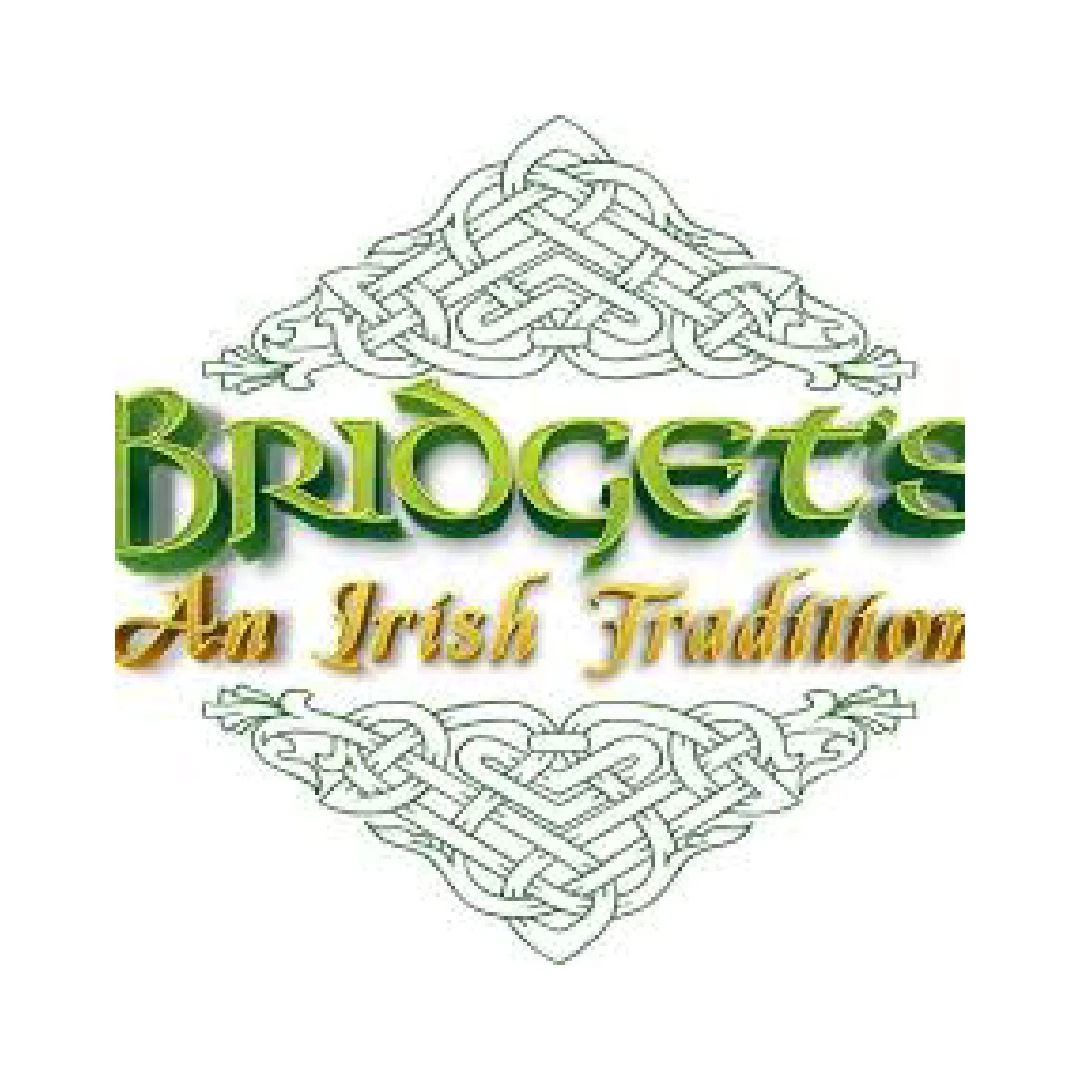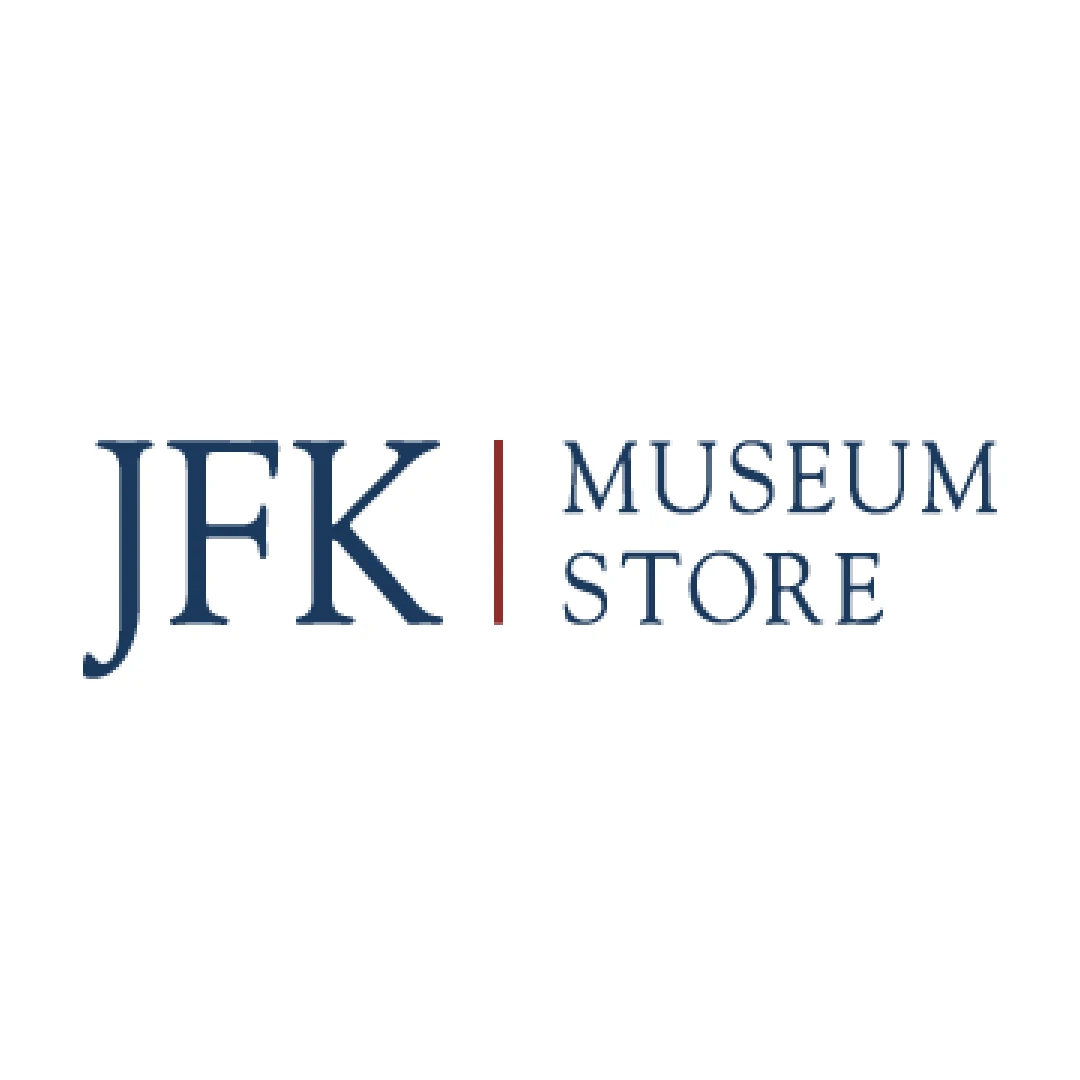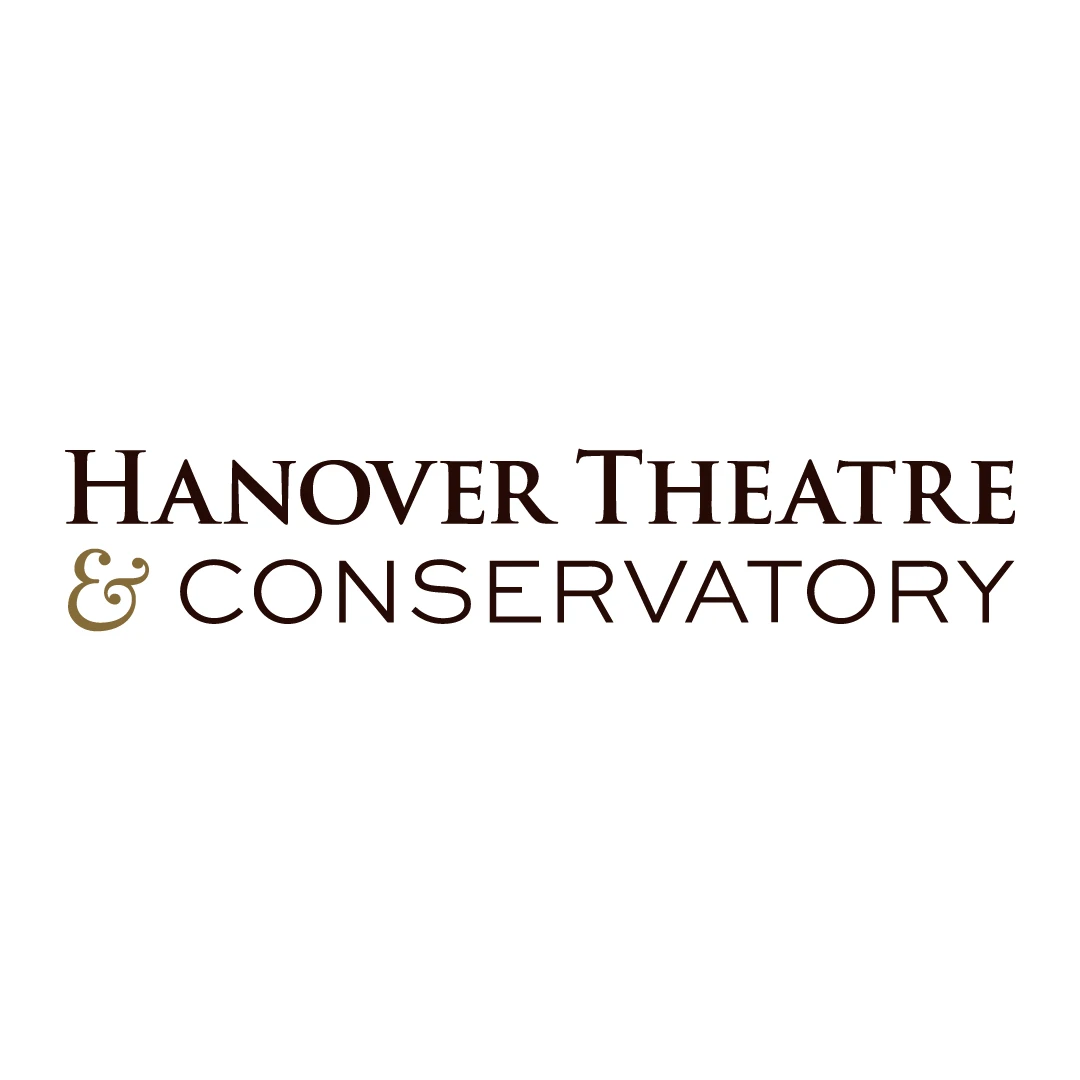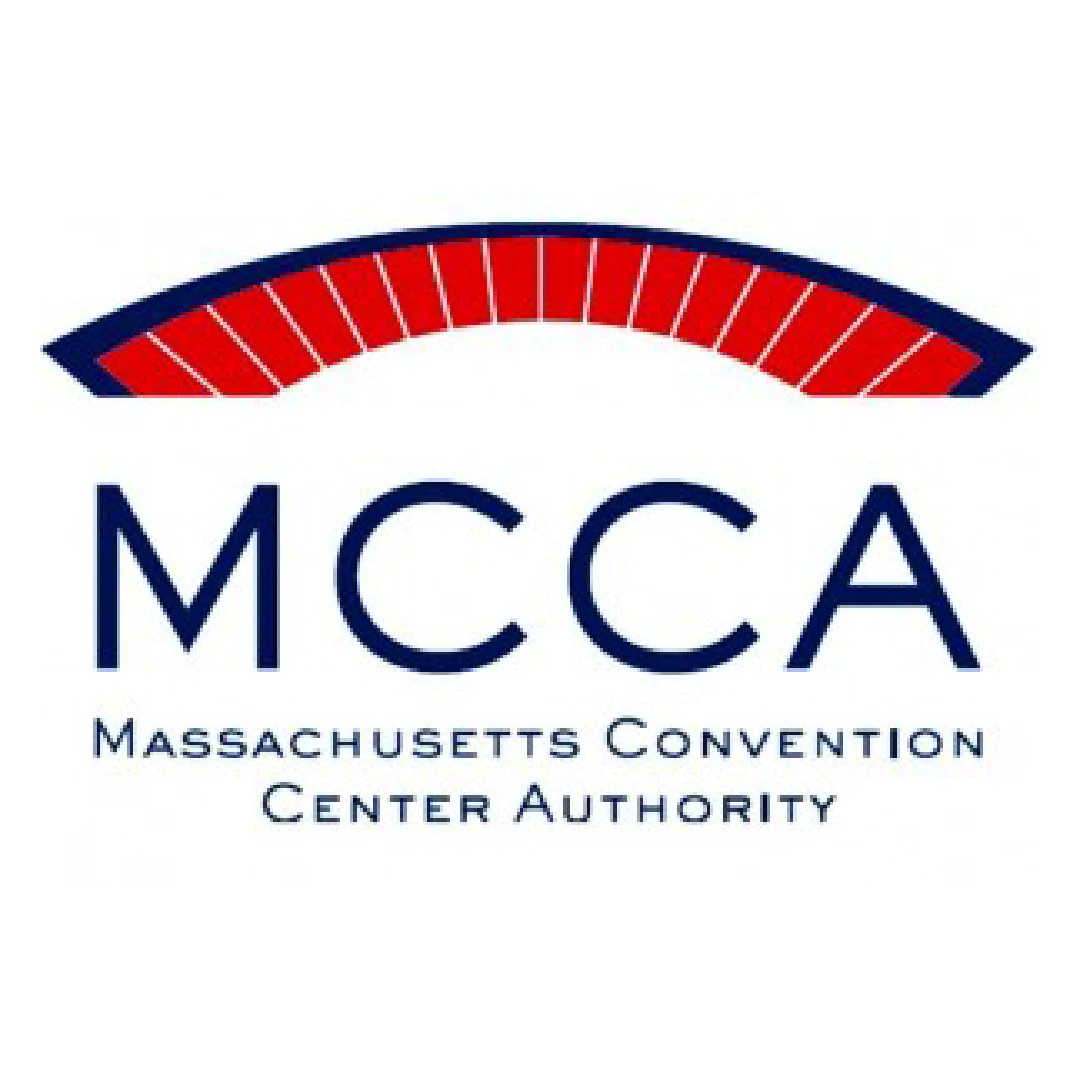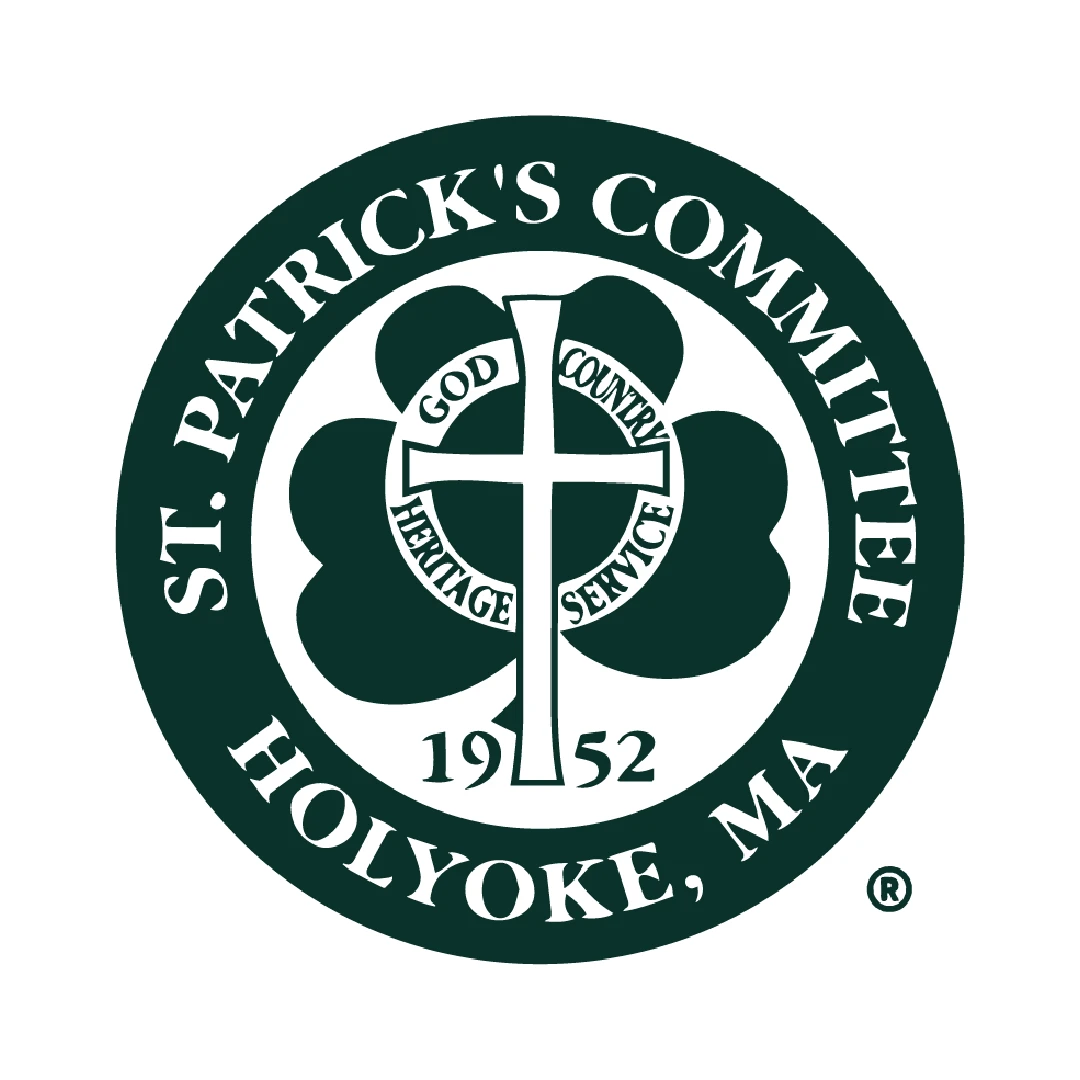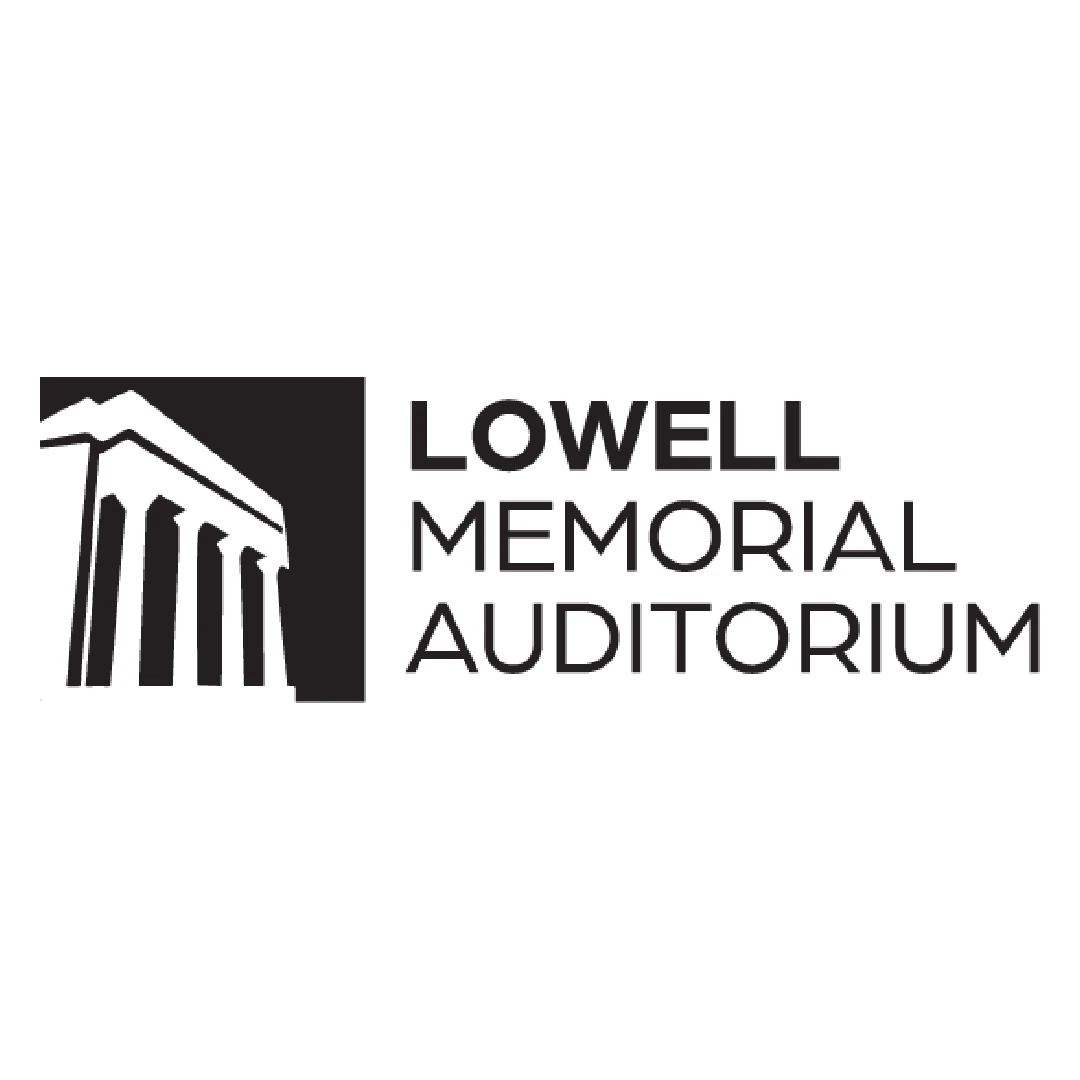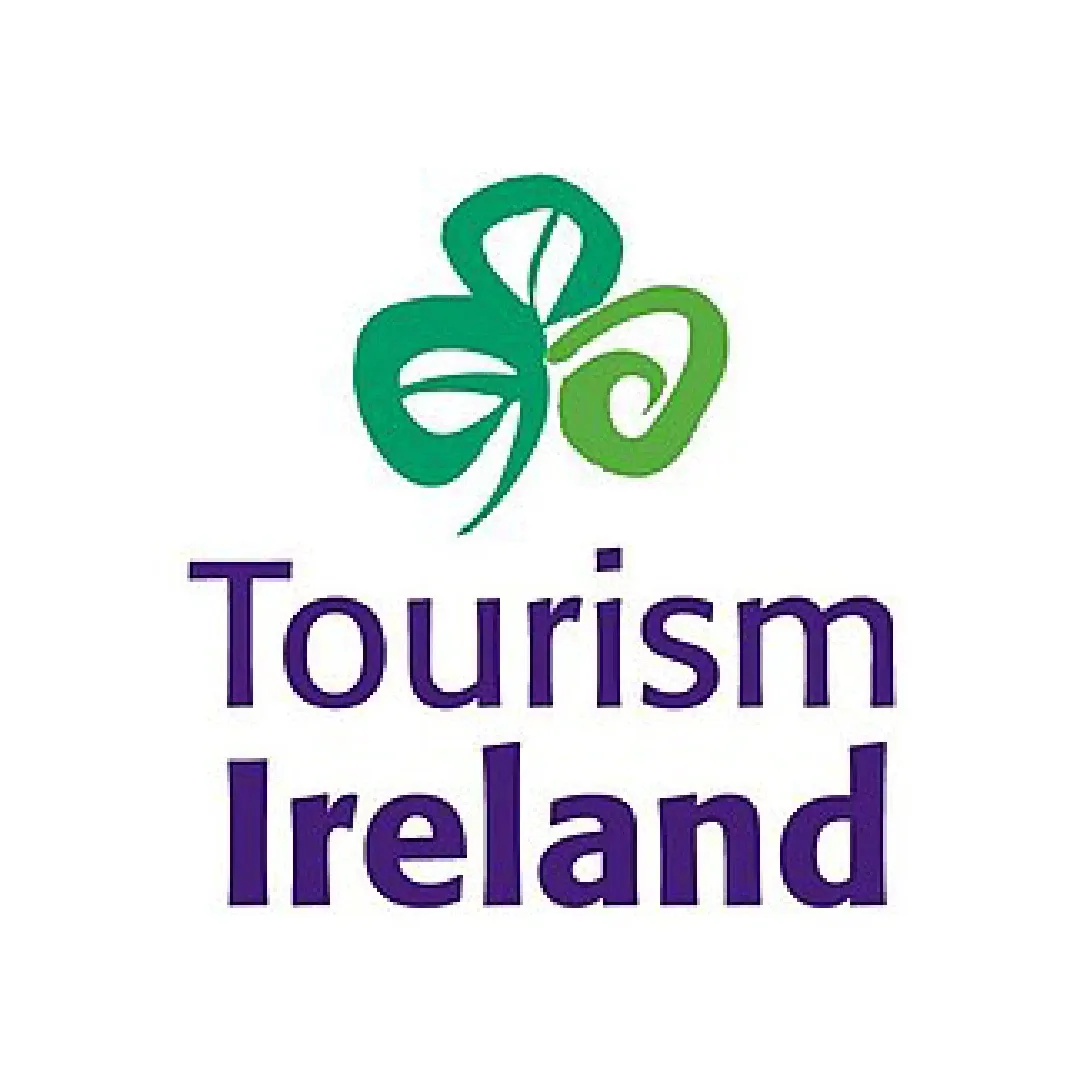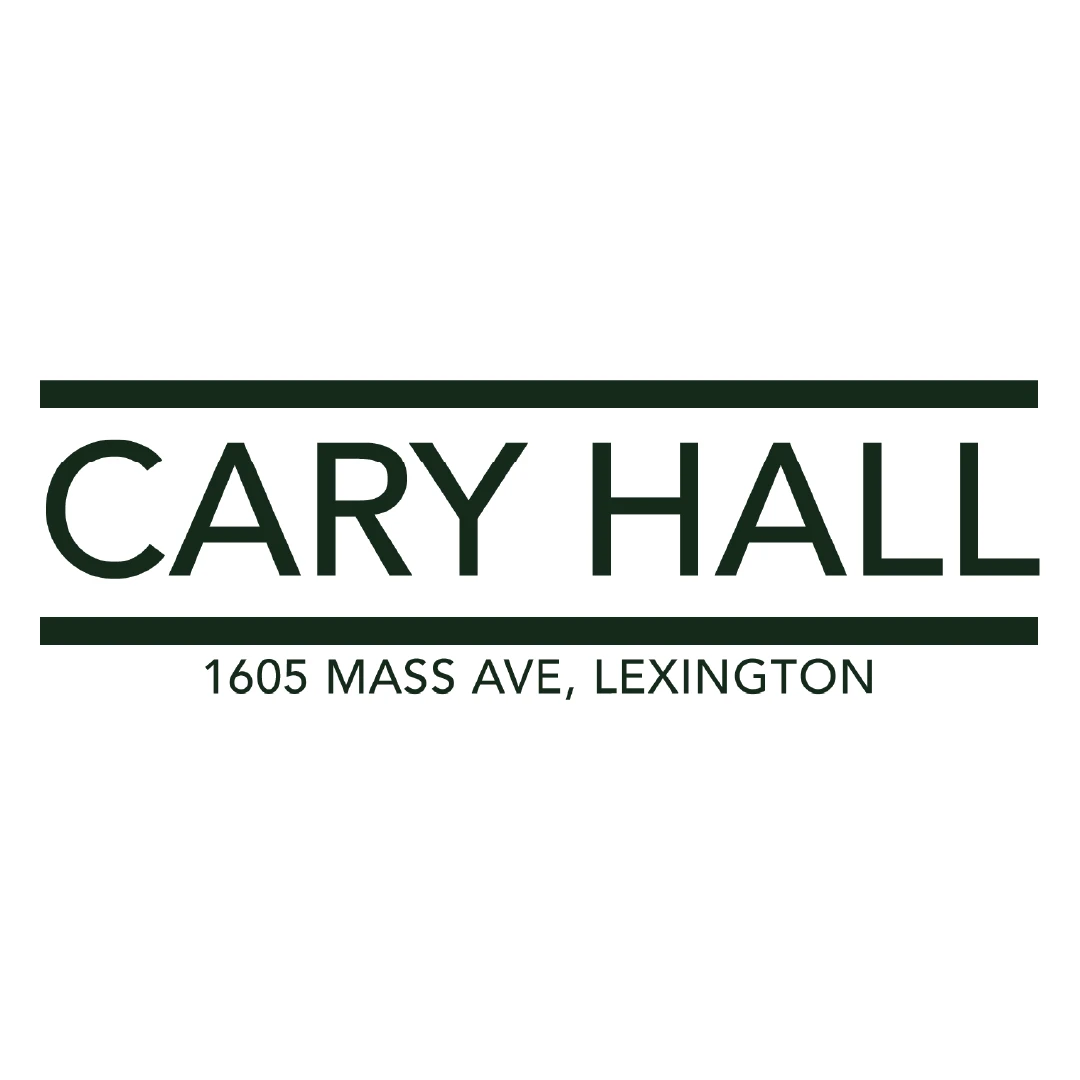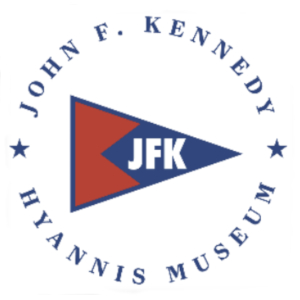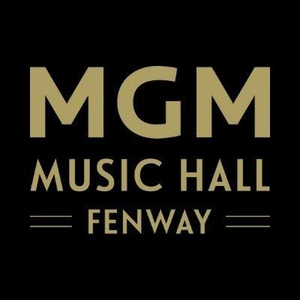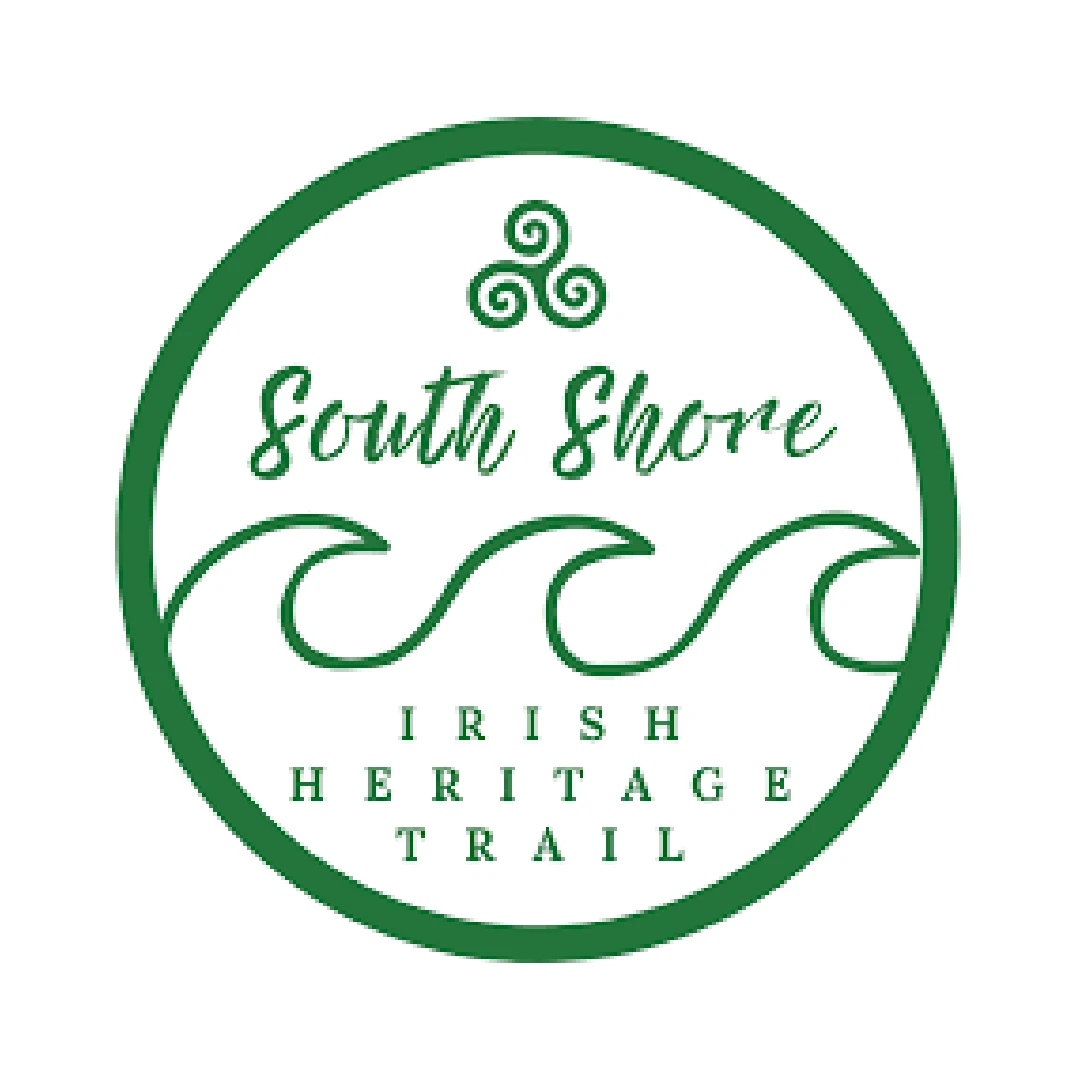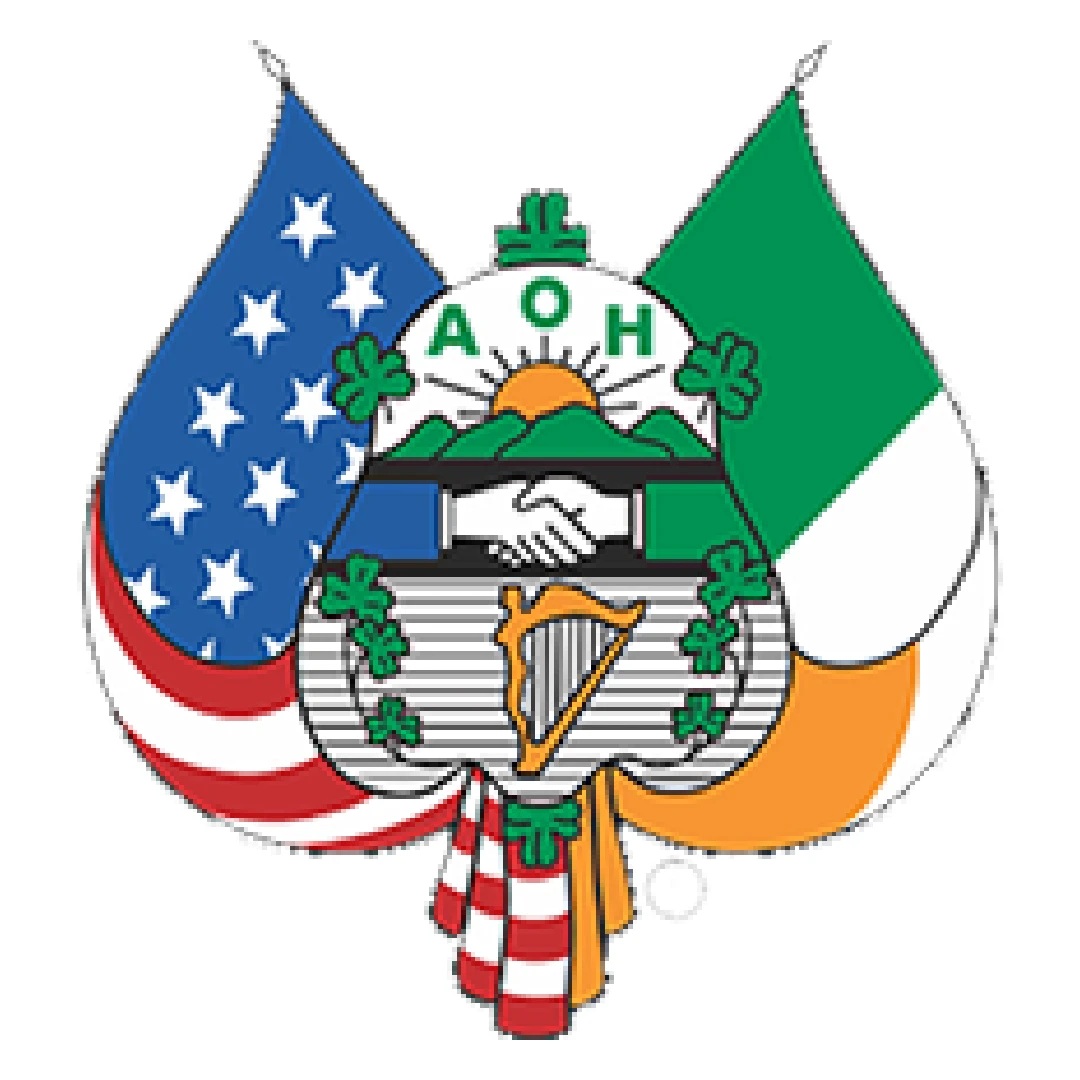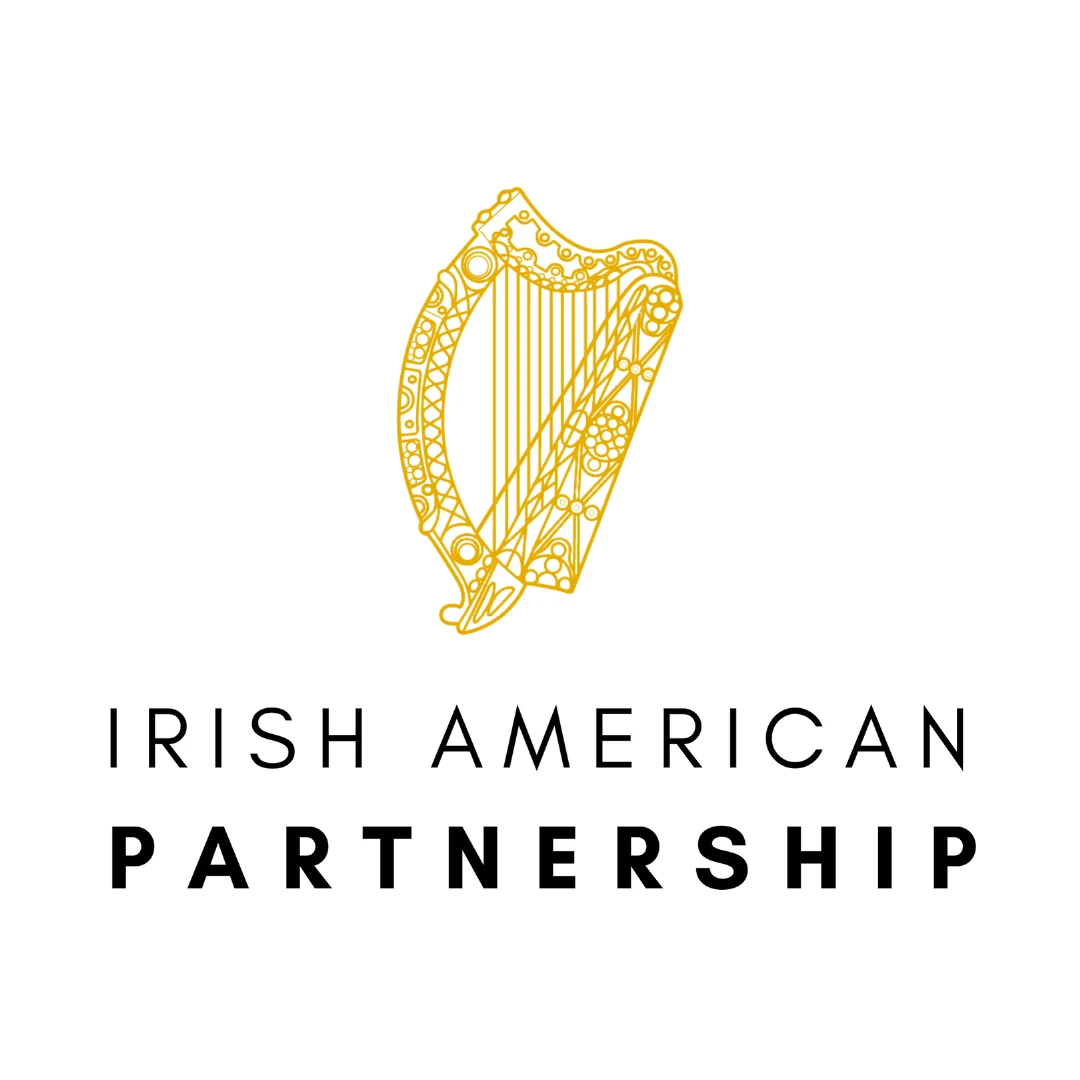Irish Boston History
An Irish man from County Kilkenny named Thomas White was part of the history-making Boston Tea Party on December 16, 1773, when angry Bostonians led by Sam Adams and the Sons of Liberty boarded three British ships and dumped 92,000 pounds of tea into Boston Harbor. Their act of defiance over “taxation without representation” was…
Kevin Hagan White, one of Boston’s most beloved and impactful mayors of the 20th century, was born on September 25, 1929 in Boston, the son of Irish-Catholic parents Joseph White and Patricia Hagan. He was raised in Jamaica Plain. Born into a political family – both of his grandfathers were well-known politicians – White followed…
The larger-than-life bronze statue of legendary quarterback Tom Brady is being added to the Irish Heritage Trail, a collection of public landmarks that celebrate the contributions of Irish and Irish-Americans in New England. The statue was unveiled on August 8 at Gillette Stadium in Foxborough, MA, where Brady led the New England Patriots to six…
In August 1872, one of America’s most distinctive civil war monuments was being slowly and carefully put into place on a massive pedestal in front of the chapel at Mt. Auburn Cemetery in Cambridge, MA. The Sphinx Monument was created by Irish immigrant sculptors Martin Milmore and his brother Joseph, who arrived in Boston in 1851 with their widowed…
John Boyle O’Reilly, the famous Irish rebel who lived in Boston from 1870 until his death, died suddenly at his home in Hull, Massachusetts on August 10, 1890, from an accidental overdose of medication. He left behind his wife Mary (Murphy), four daughters, Mary, Elizabeth, Agnes and Blainid, and legions of friends, colleagues and admirers around the world. He was 46. His…
The larger-than-life bronze statue of legendary quarterback Tom Brady was unveiled on August 8 at Gillette Stadium in Foxborough, MA, where Brady led the New England Patriots to six Super Bowl titles and 17 division championships in his 20 years here. Brady attended the unveiling ceremony with his parents, Tom Brady, Sr. and Galynn, sisters…
On August 4, 1718, the brigantine Robert arrived in Boston Harbor, led by Reverend James MacGregor and transporting 12 families from his congregation in Ulster province, Ireland. It was the first of five boats, containing about seven hundred Ulster Irish Presbyterians, also known as Scots-Irish, who arrived in Boston Harbor that year. They had been…
Boston sculptor Martin Milmore, although primarily hailed as a sculptor of Civil War monuments, sepulchral art and exquisite busts, created statues of two local heroes of the American Revolution. The first is a statue of Boston patriot Sam Adams, known as a fiery advocate for revolution, located today at Cary Memorial Hall in Lexington, MA….
Boston’s Edward L. Logan International Airport was named for General Edward L. Logan (1875-1939), a first generation Irish-American military leader, civic leader and municipal judge with family roots in Ballygar, Galway and South Boston. Edward was the oldest of nine children of Lawrence and Catherine (O’Connor), according to the late Michael Cummings of Milton, an expert on…
George M. Cohan, (1878-1942), famed Broadway song and dance man whose songs helped define the World War I generation, was born in Providence RI on July 3, 1878. A statue honoring Cohan at the corner of Wickendon and Governor Streets in Providence was created by noted sculptor Robert Shure, who also created the Irish Famine Memorial in Boston and in Providence. The…
Visitors to the John F. Kennedy Presidential Library & Museum come from all over the world to be inspired and to remember one of America’s most beloved presidents, Boston native John Fitzgerald Kennedy. Open seven days a week from 10 a.m. to 5 p.m., the JFK Library sits on a 10-acre site overlooking Boston Harbor…
History is replete with stories about refugees from around the world coming to Boston, Massachusetts, seeking help from tragedies of historic proportions that were too massive for them to face. Very often they were poorly received, as locals feared the burden these immigrants would have on society. One of the most compelling chapters in the…
A visit to the Museum of Fine Arts (MFA) in Boston is always inspiring. Encircled by local colleges, cozy small restaurants and the stunning Back Bay Fens, a natural parkland designed by Frederick Law Olmsted, the exterior setting is almost as beautiful as the museum itself! The front entrance to MFA on Huntington Avenue is…
Happy Birthday City of Quincy! The picturesque city of 100,000 residents marks its 400th anniversary in 2025 as one of the most historic and vibrant cities in New England. Located seven miles south of Boston, this bustling urban center is encircled by 27 miles of coastline facing the Atlantic Ocean and 7,000 acres of gently…
Boston’s most iconic public monument, the Shaw Memorial, was officially unveiled on May 31, 1897. The homage to the 54th Black Infantry Regiment of Boston is considered one of America’s most significant Civil War memorials. It was the first public monument to accurately depict black soldiers in military uniform. The memorial was created by immigrant Augustus…
In 2025, The Swan Boats in the Public Garden Lagoon is being added to the Boston Irish Heritage Trail, in homage to the Irish immigrant couple, Robert Paget and his wife Julia (Coffey) Paget, who launched the iconic attraction in 1877. A boatbuilder by trade, Robert developed a catamaran propelled by foot pedals to sail around…
The famous Boston Athletic Association (BAA) was founded in the late19th century by an unlikely coalition of leading Boston Brahmins and a famous Irish rebel, John Boyle O’Reilly (1844-90). The BAA was created at a time when amateur sports were increasingly popular across the United States. There were many collegiate teams in greater Boston and numerous small associations, but the…
Forbes House Museum in Milton
On April 11, 2001, the Parnell Society of Dublin placed a granite marker at the grave site of Ms. Fanny Parnell at Mount Auburn Cemetery in Cambridge, honoring her role as a patriot and poet of Ireland. The ceremony was led by Ireland’s ambassador to the United States Sean O hUuiginn, Irish government official Frank Murray and members…
John Barry, a naval hero in the American Revolution, was born on March 25, 1745 in County Wexford, Ireland. His parents were James Patrick john Barry and Mary Ellen Cullen. Barry was “born in the townland of Ballysampson and lived his boyhood in the townland of Rostoonstown, both in the parish of Tacumshane,” according to…
The post-Famine generation of Irish women in Boston and New England were typically relegated to jobs as domestic servants, nursemaids and mill workers, before eventually being accepted as shop clerks, nurses and teachers. This work was often in addition to their primary role running households as wives and mothers. The young Irish girls of the Famine…
On March 21, 1926, two top traditional fiddlers from the British Isles and Ireland, 82 year old James Scott Skinner of Aberdeen, Scotland and 76 year old John Wiseman of Bantry, County Cork, arrived in Boston Harbor aboard the Cunard liner Carolina. They were here to compete in the World’s Old Fiddlers Contest, taking place April…
The John F. Kennedy Presidential Library & Museum is one of Boston’s most popular destinations, and welcomes local residents, school classes, convention groups and visitors from around the world to come and be inspired. Open seven days a week from 10 a.m. to 5 p.m., the JFK Library sits on a 10-acre site overlooking Boston…
Get the Latest Irish News & Events in Your Inbox
Join our mailing list



